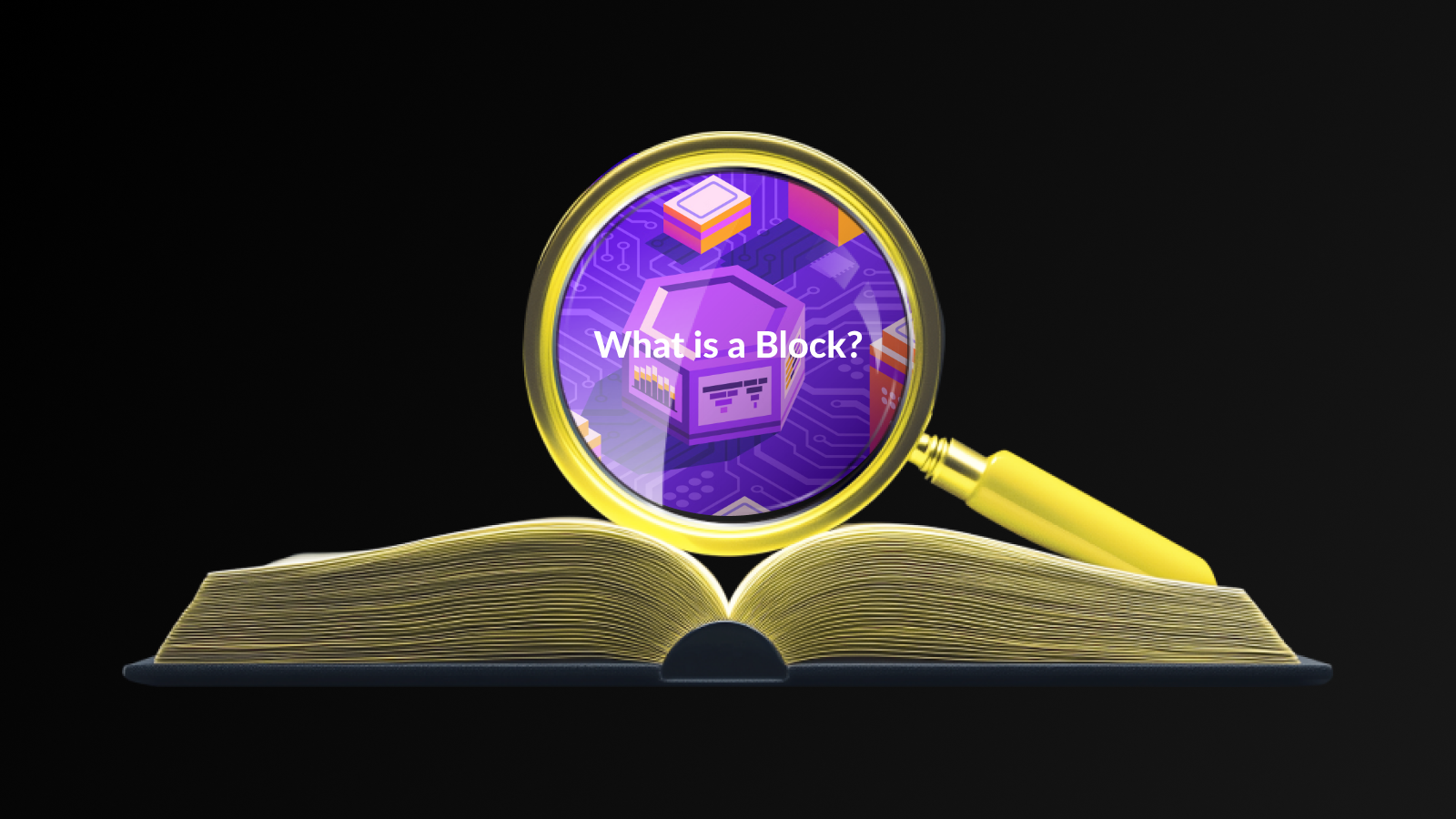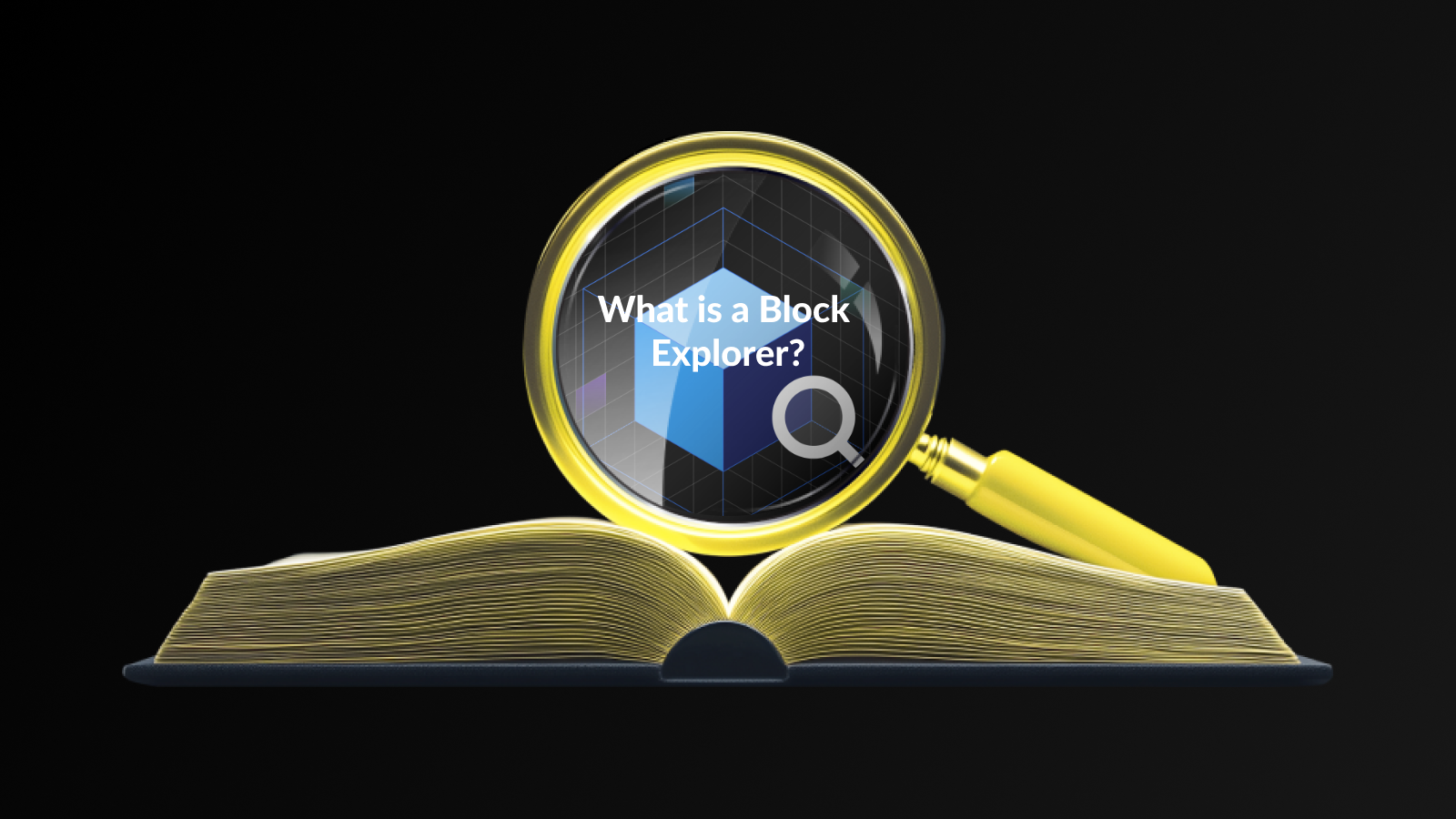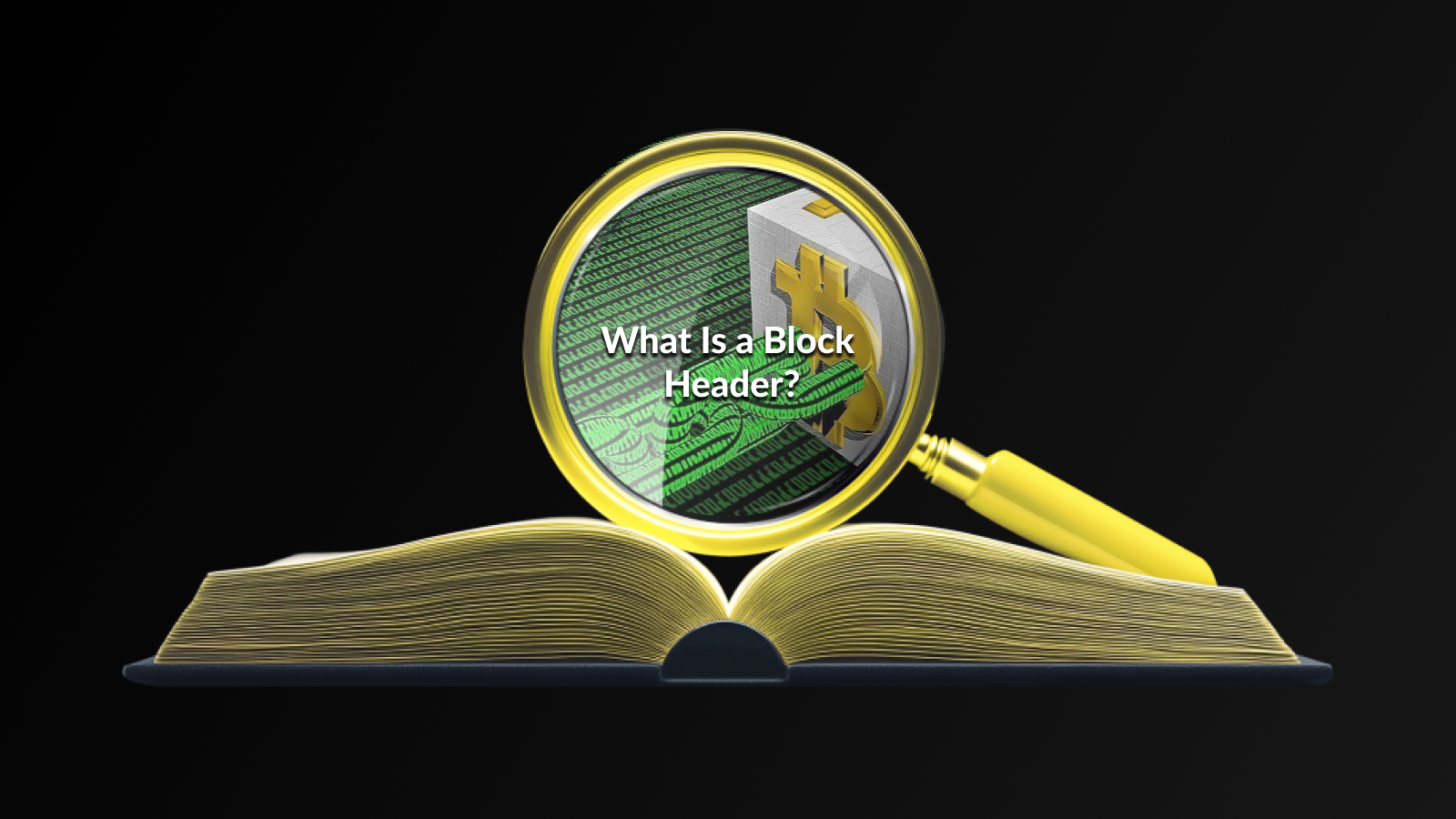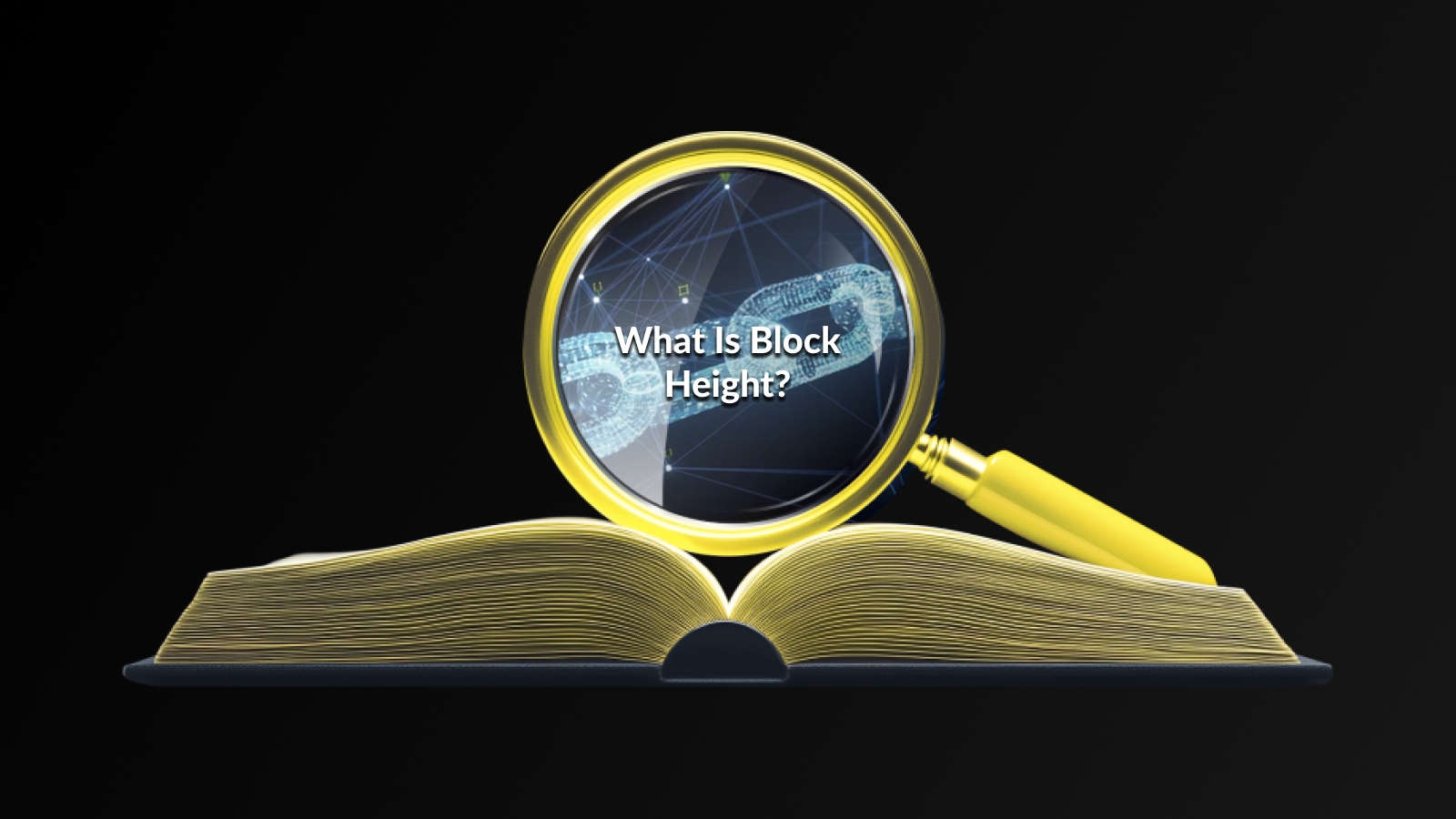Introduction
Explore the essential role of blocks in blockchain technology, from structure and creation to benefits and challenges, shaping the future of decentralized networks.
How Blocks Work in Blockchain
The concept of a Block in Blockchain is fundamental to understanding how blockchain technology operates. Each block serves as a container for a set of transactions or data, ensuring that they are secured through cryptographic hashes. When a block is created, it includes not only its own data but also a reference to the previous block, creating a chained structure that is resistant to tampering.
In a typical blockchain, once a block is filled with data, it goes through a validation process, which can involve multiple nodes in a decentralized network. These nodes verify the transactions within the block, ensuring their accuracy and legitimacy before the block is permanently added to the chain. This mechanism ensures that once a transaction is recorded in a block, it cannot be altered without altering all subsequent blocks, enhancing the integrity and trustworthiness of the data.
Furthermore, the process of adding a new block to the blockchain often involves consensus algorithms like Proof of Work or Proof of Stake. These algorithms ensure that all network participants agree on the valid state of the blockchain, thus safeguarding it against fraud and attacks. The decentralized nature of this approach ensures that no single entity has control over the entire blockchain.
The efficient operation of blocks in blockchain technology is what allows digital currencies to function securely, enabling transactions to be processed and recorded transparently and immutably. Blocks not only serve as the building blocks of the blockchain but also play a crucial role in maintaining the security and trust of the distributed ledger system.
When discussing the Block in Blockchain, it is essential to understand its significance within the broader context of distributed ledgers. Each block in blockchain serves as a crucial component, forming the backbone of the technology by securely recording transactions and data.
A block in blockchain contains various elements, including a header and body, which collectively work to ensure data integrity and transparency. This design not only enhances security but also promotes trust among participants in a blockchain network.
Moreover, the role of a block in blockchain extends beyond transaction recording. It facilitates consensus mechanisms that validate blocks and add them to the chain, ensuring that all network nodes agree on the latest state of the ledger.
The concept of a block in blockchain is fundamental to understanding how blockchain technology operates. By ensuring that information is securely stored and transparently shared, blocks play an indispensable role in the functionality and credibility of blockchain systems.
Structure of a Block
The Block in Blockchain consists of several crucial components that work together to ensure the integrity and functionality of the blockchain. Each block contains the following key elements:
- Block Header: This contains metadata about the block, including its version, timestamp, the hash of the previous block, and the nonce, which is used in the mining process for proof of work.
- Transaction Counter: A count of the number of transactions stored in the block, helping to efficiently manage and verify the block’s contents.
- Transaction List: This is the actual data section that holds all the transactions included in that particular block. Each transaction contains details such as sender and receiver addresses, transaction amounts, and digital signatures to ensure security and authenticity.
- Hash: A unique identifier for the block, generated by hashing the block header. This ensures that any change to the block’s content will result in a completely different hash, which is crucial for maintaining the integrity of the blockchain.
In essence, the structure of a block is designed to facilitate secure data storage, efficient transaction processing, and robust verification mechanisms, all of which are foundational to the functioning of blockchain technology.
Understanding the Impact of the Block in Blockchain
A block in blockchain serves as a fundamental data structure that holds batches of transactions, ensuring that they are processed and stored securely. Each block contains a unique identifier called a hash, which is critical for maintaining the integrity of the data within the blockchain. This identifier is generated based on the contents of the block and the hash of the previous block, thereby creating a secure link between them.
Over time, as blocks are added to the chain, they form an immutable record of all transactions on the network. This decentralization not only enhances security but also ensures transparency, making it nearly impossible for any single entity to manipulate the data. The connection between blocks, through their hashes, means that any changes made to one block would necessitate altering every subsequent block, a task that requires immense computational power and resources, which discourages attempts at fraud.
The design and function of blocks play a pivotal role in the performance and scalability of blockchain networks. As technology continues to evolve, understanding how these blocks interact within the broader network can provide insight into the future capabilities of blockchain applications across various industries.
Role of Blocks in Blockchain Networks
The Block in Blockchain serves as the fundamental unit of data that ensures the integrity and security of the entire network. Each block contains a list of transactions, and it operates in conjunction with other blocks to form a chain of data that is tamper-proof and transparent.
Blocks play several key roles in a blockchain network:
- Data Integrity: The information stored in each block is cryptographically secured, ensuring that once data is entered, it cannot be altered or deleted without consensus from the network.
- Decentralization: Blocks allow for a decentralized system where no single entity has control over the entire network. Each participant, or node, maintains a copy of the blockchain, contributing to greater transparency and accountability.
- Transaction Validation: Blocks are responsible for aggregating multiple transactions into a single unit. Before a block is added to the chain, the transactions within it must be validated by network participants, which helps maintain trust in the system.
- Consensus Mechanism: The addition of blocks to the blockchain involves a consensus process, which can vary depending on the blockchain protocol. This ensures that all nodes agree on the state of the blockchain, preventing discrepancies.
- Historical Record: Since each block contains a hash of the previous block, it forms an unbreakable chain. This structure not only creates a historical record of transactions but also enhances security, making it difficult for malicious actors to alter past blocks.
The role of blocks in blockchain networks is crucial. They ensure data integrity, facilitate decentralization, validate transactions, establish consensus, and maintain a historical record, all of which collectively contribute to the robustness of the technology.
Understanding the Concept of Block in Blockchain
A Block in Blockchain is a fundamental component that facilitates the storage and verification of data within a decentralized network. Each block contains a compilation of transactions that have been validated by participants in the network, ensuring transparency and security.
When a block is created, it is simply a container that bundles a set of transaction records, each accompanied by a unique digital signature. This signature is a cryptographic hash that secures the block against any tampering, which is crucial for maintaining the integrity of the blockchain.
The role of a Block in Blockchain does not stop at storing transactions; it also involves linking to the previous block through its hash. This creates a chain of blocks, or a blockchain, where any attempt to alter the information in one block would trigger changes in all subsequent blocks, rendering such alterations easily detectable.
Moreover, each block includes metadata, which carries important information such as the timestamp of when the block was created, the version of the blockchain protocol being used, and a nonce for the mining process. This additional data further solidifies the block’s position in the chain and aids in maintaining the overall structure of the blockchain network.
Block Creation and Validation
In the context of blockchain technology, Block in Blockchain refers to a crucial component that securely stores a collection of transactions. The process of block creation and validation is vital to maintaining the integrity and reliability of the entire blockchain network.
When a new transaction occurs, it needs to be grouped with other verified transactions into a block. This can happen through the following steps:
- Transaction Gathering: Miners or nodes collect unconfirmed transactions from the network. These transactions are then validated for accuracy by verifying the digital signatures and ensuring that the sender has enough balance to complete the transaction.
- Block Formation: Validated transactions are compiled into a new block. Each block holds a record of multiple transactions, along with a unique identifier called a hash that links it to the previous block in the chain.
- Proof of Work or Alternative Consensus: To validate a block, miners must solve complex mathematical problems. This process is known as proof of work and ensures that the block is difficult to create, thereby making it less susceptible to attacks. Alternatively, some blockchains use other consensus mechanisms like Proof of Stake, which validate blocks based on the number of coins held by a participant instead of computational power.
- Broadcasting the Block: Once a block is created and validated, it is broadcasted to the entire network. Other nodes will then verify the block and its contents before adding it to their own copy of the blockchain.
- Finalization: After receiving a new block, nodes will reach a consensus on its validity. If the block is accepted, it becomes part of the permanent blockchain ledger, and the transactions it contains are considered confirmed.
The entire process of block creation and validation ensures that the blockchain remains decentralized, secure, and tamper-proof, allowing it to function as a trustworthy digital ledger.
Understanding the Importance of a Block in Blockchain
A block in blockchain serves as a fundamental unit of data storage and verification within a blockchain network. Each block contains a set of transactions that are bundled together and validated by network participants before being added to the chain. This mechanism ensures that once a block is added, its content cannot be altered, thus maintaining the integrity of the entire blockchain.
Moreover, the significance of a block extends beyond mere data storage; it plays a crucial role in enhancing the security and efficiency of blockchain networks. By using cryptographic hashes, each block in blockchain links to the previous one, creating an unbreakable chain that is resistant to tampering. This not only helps in maintaining a transparent record but also allows for tracking the history of transactions, thereby reducing the risk of fraud and ensuring accountability.
As the number of transactions grows, the efficient organization of data into blocks becomes increasingly crucial. The design of blocks provides scalability and speed, allowing blockchain networks to process significant amounts of data quickly and securely. Understanding how a block in blockchain functions will provide insight into the broader operational framework of blockchain technology, making it an essential concept for anyone delving into the world of digital currencies and decentralized systems.
Benefits of Block Technology
The technology behind Block in Blockchain offers numerous advantages that are driving its adoption across various industries. Here are some of the key benefits:
- Enhanced Security: Blocks utilize cryptographic techniques to secure data, making tampering and fraud extremely difficult. Each block is linked to its predecessor, creating a resilient chain that ensures integrity.
- Transparency: Transactions recorded in blocks are visible to all participants within the network, promoting trust and accountability. This transparency helps in auditing processes and ensures that all parties can verify transactions independently.
- Immutability: Once data is added to a block and confirmed by the network, it cannot be altered or deleted. This feature is critical for maintaining accurate records and preventing unauthorized changes.
- Decentralization: The distribution of blocks across multiple nodes in a network reduces the risk of centralized control or single points of failure, making systems more resilient to attacks and reducing the reliance on a central authority.
- Efficiency: Block technology can streamline processes by automating transactions and reducing the need for intermediaries. This not only speeds up processes but also reduces costs associated with traditional transaction methods.
- Improved Traceability: Each transaction recorded in a block is time-stamped and linked, providing an auditable trail of activities. This traceability is particularly valuable in supply chain management, where tracking the origin and movement of goods is essential.
The benefits of Block in Blockchain technology are transformative, offering enhanced security, transparency, and efficiency that are reshaping how businesses operate and foster trust among stakeholders.
Understanding the Significance of a Block in Blockchain
A block in blockchain serves as a digital ledger entry that holds crucial information related to transactions, making it an integral part of the blockchain system. Each block is linked to its predecessor, forming a chain that ensures data integrity and security. The structure of a block typically includes a header and a body; the header contains metadata such as a timestamp, a nonce, and references to the previous block, while the body holds the transaction details.
Blocks play a pivotal role in maintaining the decentralized nature of blockchain technology. They prevent fraud and ensure that all transactions are transparent and immutable. When a new block is added to the chain, it undergoes a validation process, which is essential for maintaining trust among network participants.
Furthermore, the benefits of block technology extend beyond secure transactions. They also enable smart contracts and decentralized applications, broadening the scope of what can be achieved through blockchain. However, challenges such as scalability and energy consumption need to be addressed for optimal functionality.
Understanding the significance of a block in blockchain is key to grasping how this innovative technology operates and its potential impact on various industries.
Challenges of Block Mechanisms
The concept of a Block in Blockchain technology, while revolutionary, faces several challenges that can hinder its efficiency and adoption. One significant challenge is scalability. As the transactions in a blockchain increase, the size of each block can lead to longer processing times and increased energy consumption. This can create delays and high transaction fees, which are not conducive to the rapid pace of modern digital transactions.
Another issue is the complexity of the consensus mechanisms used to validate blocks. Different blockchains employ various consensus algorithms, such as Proof of Work (PoW) and Proof of Stake (PoS), each with its advantages and drawbacks. This complexity can make it more difficult for new participants to join the network and contribute to the stability and security of the Block in Blockchain.
Security remains a paramount concern as well. While blockchains are generally secure, vulnerabilities can arise from smart contracts or flawed implementations. A breach can lead to significant losses and a decrease in trust among users. Furthermore, the immutability of blocks means that once data is recorded, it cannot be easily altered, which can become problematic if an error occurs.
Regulatory uncertainty is a challenge that cannot be overlooked. As governments around the world struggle to understand and regulate blockchain and cryptocurrency technologies, the lack of clear guidelines can create an uncertain environment for businesses looking to adopt or develop their own Block in Blockchain solutions.
The concept of a Block in Blockchain is integral to understanding how blockchain technology operates and is structured. These blocks serve as data containers that group transactions or information, ensuring immutability and security within the network.
Each block in blockchain is linked cryptographically to its predecessor, creating a chain of blocks that forms the blockchain. This design ensures that any attempt to alter a block would require tremendous computing power to change not only that block but also all subsequent blocks, thereby maintaining the integrity of the entire chain.
Moreover, blocks are equipped with metadata that includes timestamps, transaction details, and cryptographic hash references to previous blocks. This structural organization is crucial for providing a transparent record of all transactions, enabling verifiability and trust among users.
The utilization of blocks in blockchain technology not only enhances security but also facilitates decentralized data management, representing a shift from traditional centralized databases. Understanding how a Block in Blockchain functions and its critical role can help stakeholders navigate the evolving landscape of digital currencies and decentralized applications more effectively.
The Future of Blocks in Blockchain
The evolution of the Block in Blockchain technology is pivotal to the growth and adaptation of various industries. As we look towards the future, the implementation of more advanced block structures is expected, facilitating enhanced scalability and security. Developers are continuously exploring ways to optimize the Block in Blockchain for better performance, which may significantly reduce transaction times and costs, fostering greater adoption among businesses and consumers alike.
Moreover, with the rise of decentralized finance (DeFi) and non-fungible tokens (NFTs), the functionalities of blocks are set to expand. They will not only store transactional data but also support complex smart contracts, allowing for a broader range of applications and services powered by block technology.
Another critical area of advancement would be the integration of artificial intelligence and machine learning with blockchain technology. This amalgamation has the potential to improve the way blocks process information, making them more responsive and adaptive to real-time data variations.
Furthermore, as sustainability becomes a central concern across all sectors, future block implementations are likely to focus on reducing energy consumption. Innovations in consensus mechanisms, such as proof of stake, may emerge to lessen the environmental impact of blockchain networks that heavily rely on resource-intensive processes.
Overall, the future of the Block in Blockchain is bright, as ongoing research and technological advancements pave the way for a more efficient, secure, and versatile blockchain ecosystem.
Disclaimer
While the information provided about the Block in Blockchain is based on credible sources and current knowledge, it should not be treated as financial or technical advice.
Blockchain technology is rapidly evolving, and the interpretations of how blocks function may change over time. Readers are encouraged to conduct their own research and consult with professionals before making any decisions based on the content presented here.
Additionally, this article may contain links to other websites for further reading and understanding. These links do not imply endorsement, and we cannot guarantee the accuracy or reliability of the information provided on external sites.
The responsibility lies with the reader to remain informed and critically evaluate the content related to blocks and their significance in blockchain technology.
Frequently Asked Questions
What is a block in the context of blockchain technology?
A block is a data structure that contains a list of transactions that have been validated and grouped together, along with a timestamp and a reference to the previous block, forming a chain of blocks.
How does a block differ from a transaction?
A transaction is a single record of an exchange or activity between parties, while a block is a container that can hold multiple transactions, along with additional information.
What does it mean for a block to be ‘validated’?
Validation of a block involves verification that the transactions it contains adhere to the rules of the blockchain network, ensuring they are legitimate and not fraudulent.
What role does a block play in maintaining the security of a blockchain?
Blocks contribute to blockchain security through cryptographic hashing, where each block is linked to its predecessor, making it difficult to alter the data without detection.
Can blocks be modified once they are added to the blockchain?
No, once a block is added to the blockchain, it becomes immutable, meaning its contents cannot be altered without changing every subsequent block, which requires consensus from the network.
What happens when a block is filled to its capacity?
When a block reaches its capacity for transactions, it is added to the blockchain, and a new block is created to accommodate subsequent transactions.
What is the significance of the block size in blockchain?
Block size determines how many transactions can be included in a block; a larger block size can improve transaction throughput, while a smaller size can enhance security and decentralization.
Disclaimer
While the information provided about the Block in Blockchain is based on credible sources and current knowledge, it should not be treated as financial or technical advice.
Blockchain technology is rapidly evolving, and the interpretations of how blocks function may change over time. Readers are encouraged to conduct their own research and consult with professionals before making any decisions based on the content presented here.
Additionally, this article may contain links to other websites for further reading and understanding. These links do not imply endorsement, and we cannot guarantee the accuracy or reliability of the information provided on external sites.
The responsibility lies with the reader to remain informed and critically evaluate the content related to blocks and their significance in blockchain technology.





